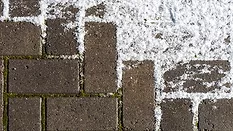

Bell & Gossett Illustrates Path to Net-zero at AHR Expo


Image courtesy of: Rifky Rachman Safri (iStock / Getty Images Plus)
Comprehensive source for engineers and designers: Plumbing, piping, hydronic, fire protection, and solar thermal systems.
In a recent whitepaper written by Dr. Janet Stout and Abraham Cullom of the Special Pathogens lab – both legionella experts – it’s reported that legionaires disseas is on the rise, particularly in the healthcare setting. Cliamte change, aging infrastrcuturem increasing population are all identified factors that increase legionella cases.






Copyright ©2025. All Rights Reserved BNP Media.
Design, CMS, Hosting & Web Development :: ePublishing